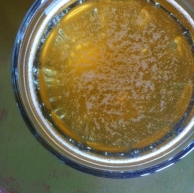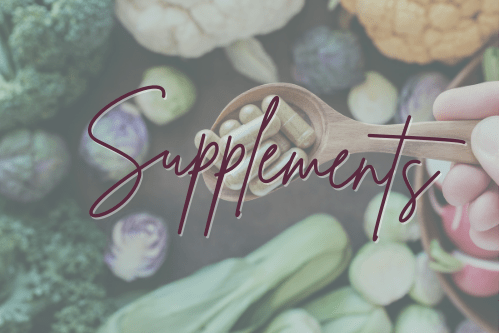I remember the first time I sampled kombucha. My father-in-law found a booth offering samples at the farmers’ market one Saturday morning, and he dared me to try it. The stringy live culture in the bottom of the cup gave me pause, but I wasn’t about to back down from his challenge.
Kombucha has since become a beverage in my rotation of thirst-quenching drinks. Although gaining popularity in today’s health world, this somewhat tangy fermented liquid has been around for thousands of years. Known as “The Tea of Immortality,” its origin can be traced back to China.
Traditional kombucha is made from black tea fermented with sugar and a “symbiotic colony of bacteria and yeast” known as the SCOBY. The SCOBY, sometimes referred to as the “mother,” provides the beneficial bacteria that grow in this probiotic-rich drink. The end result is a beverage relatively low in calories (~30 calories/8 oz) loaded with enzymes, amino acids, polyphenols and antioxidants that benefit the digestive and immune systems.
Today, kombucha is often made with green or white tea, too. Same health benefits; same refreshing taste.
While kombucha is not a magic potion for all that ails you, it does have health-promoting benefits that make it a good addition to your beverage choices.
Benefits:
- Aids digestion by helping with the breakdown and assimilation of food
- Provides billions of healthful bacteria to keep your gut in balance
- High in glucuronic acid, a natural detoxifier that supports the liver
- Natural source of glucosamines, known to lubricate joints and relieve pain
- Contains bio-available B vitamins critical for the nervous system
Considerations:
- As a fermented beverage, kombucha can reach or exceed an alcohol content near the FDA’s upper limit for non-alcoholic beverages (0.5% by volume). As a result, individuals who are highly sensitive and/or averse to alcohol should avoid the drink.
- Improperly produced batches of kombucha can develop toxic bacteria. Know your supplier; know the processing. A reputable commercial brand to try is GT’s.
- Some people experience bloating after drinking kombucha the first few times. The bloating may be due to the probiotics in the drink that affect gut bacteria. Start small (2-4 oz) and observe how your body reacts before increasing the amount.
Now, kombucha can be rather expensive to buy by the bottle. Making your own is an option. But unless you’ve perfected the fermenting process and can keep up with the multiplying SCOBY, the process can be overwhelming. It’s similar to tending to sourdough starter…once you get it going, you’ve got to keep it going.

So while I occasionally treat myself to a bottle of GT’s or a locally brewed brand of kombucha, more often than not I drink my own faux version. It has the same refreshing mouth-feel and similar digestive benefits. The advantage is that I can make it in small batches at a fraction of the cost with ingredients I normally keep on hand.
Ingredients:
Steeped and cooled tea (herbal or green)
Plain sparkling water (no sugar added)
Bragg’s apple cider vinegar (AVC)
Honey (optional)
Mix equal parts tea and sparkling water. Add a splash of ACV. Sweeten with a touch of local honey. Voila!
Among its many health benefits, kombucha and my faux blend are refreshing, antioxidant-rich beverages you will want to add to your drink rotation…especially to aid digestion and help you improve gut health.
Here’s to your health and vitality!






